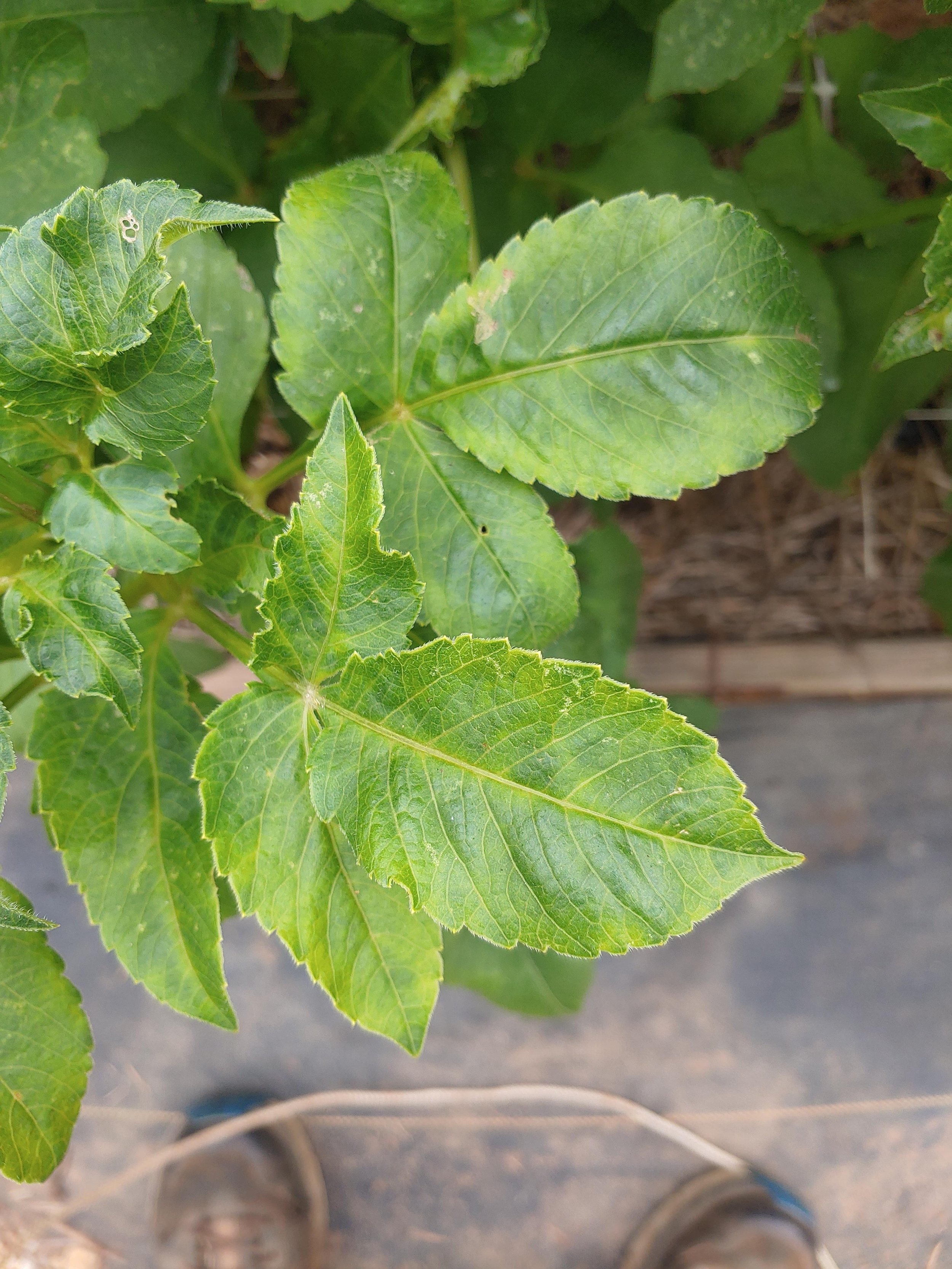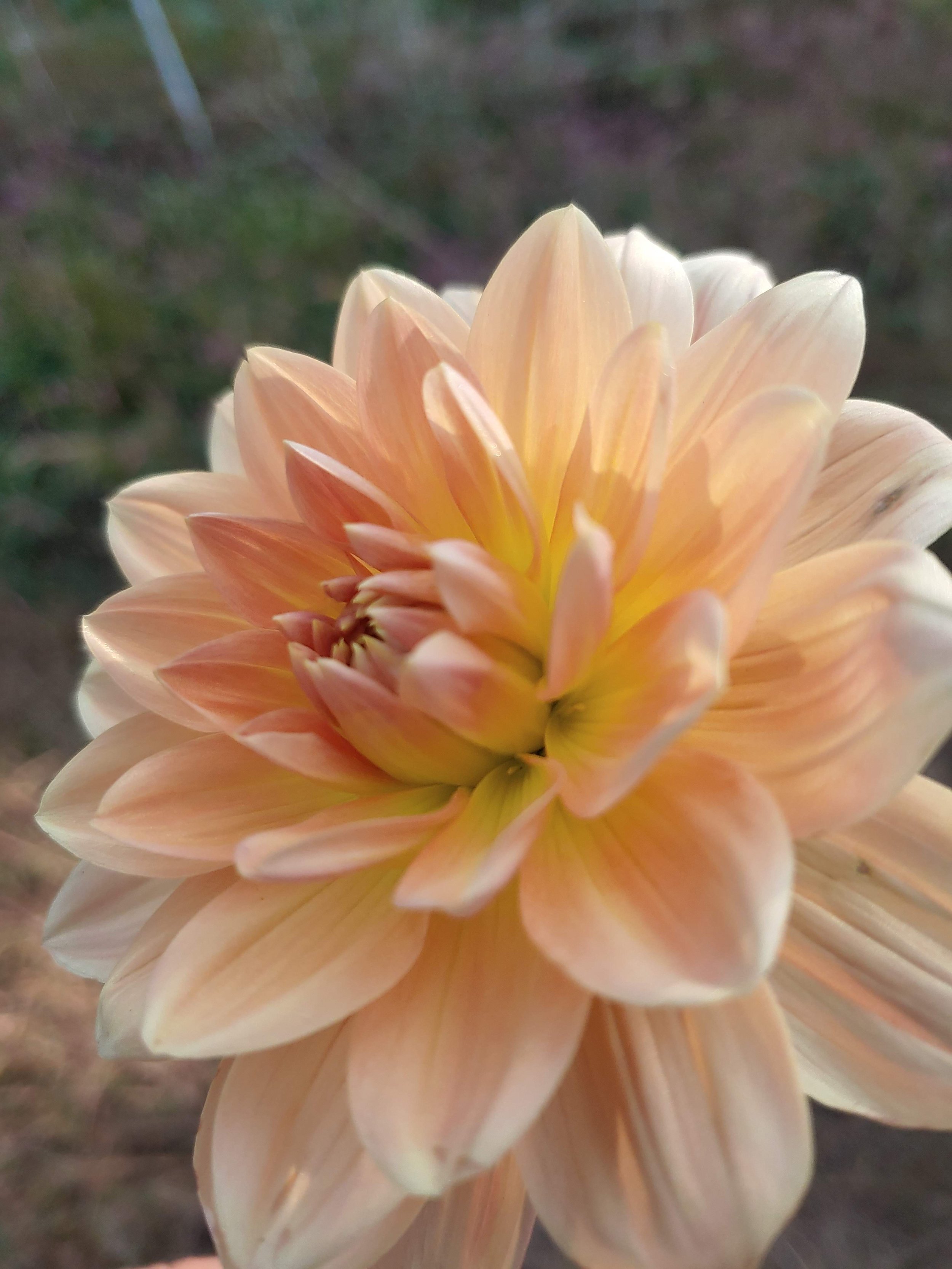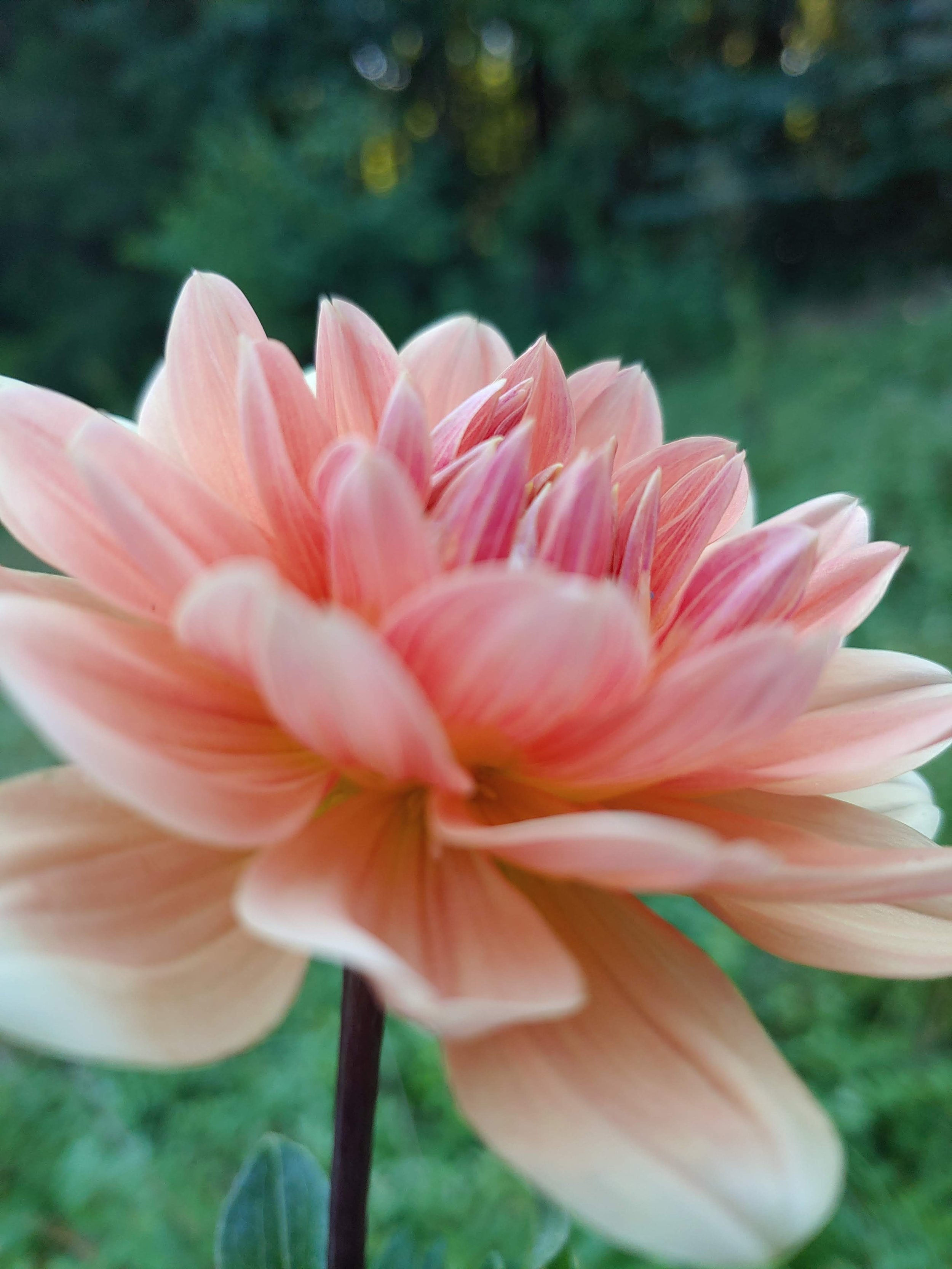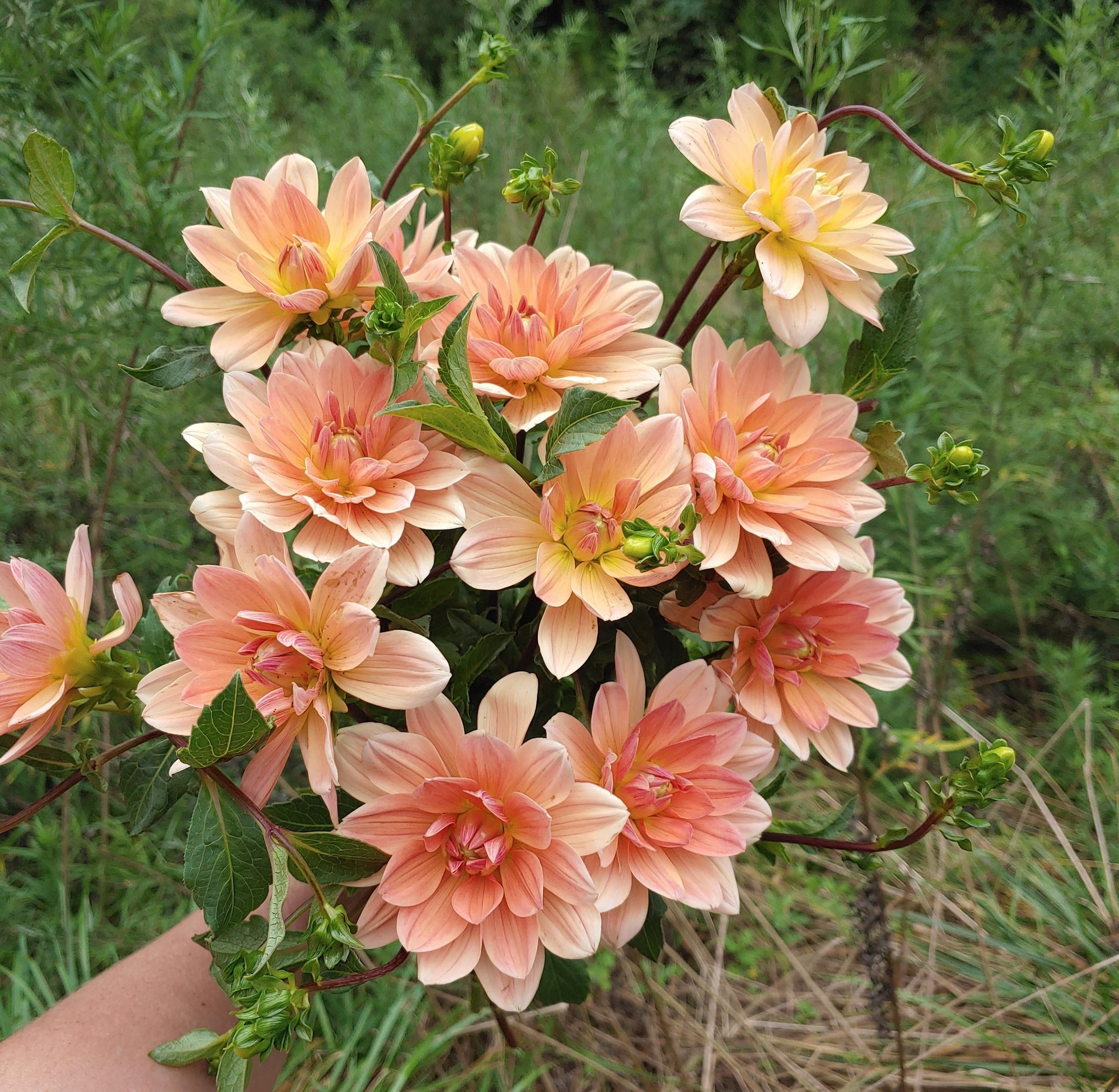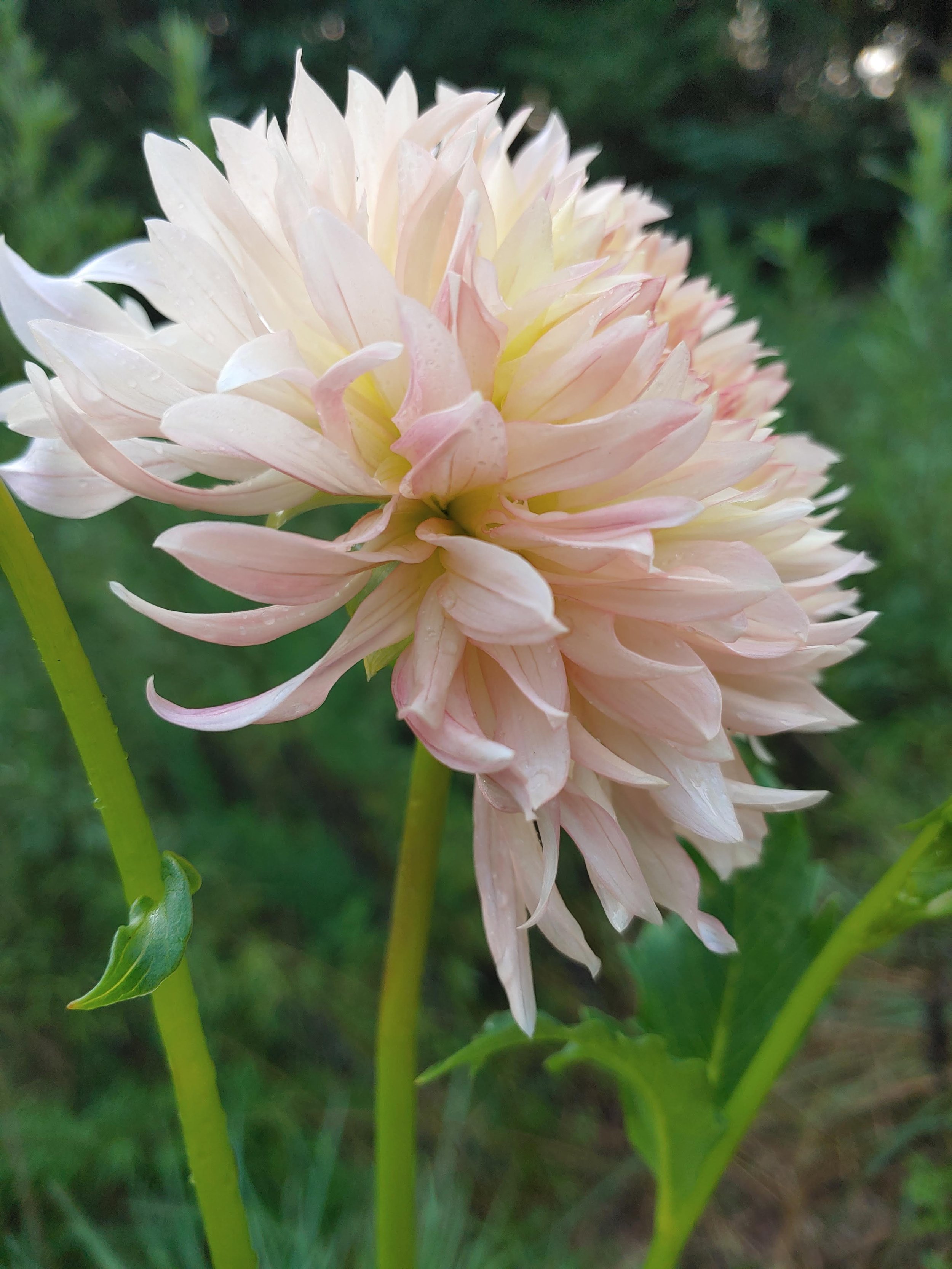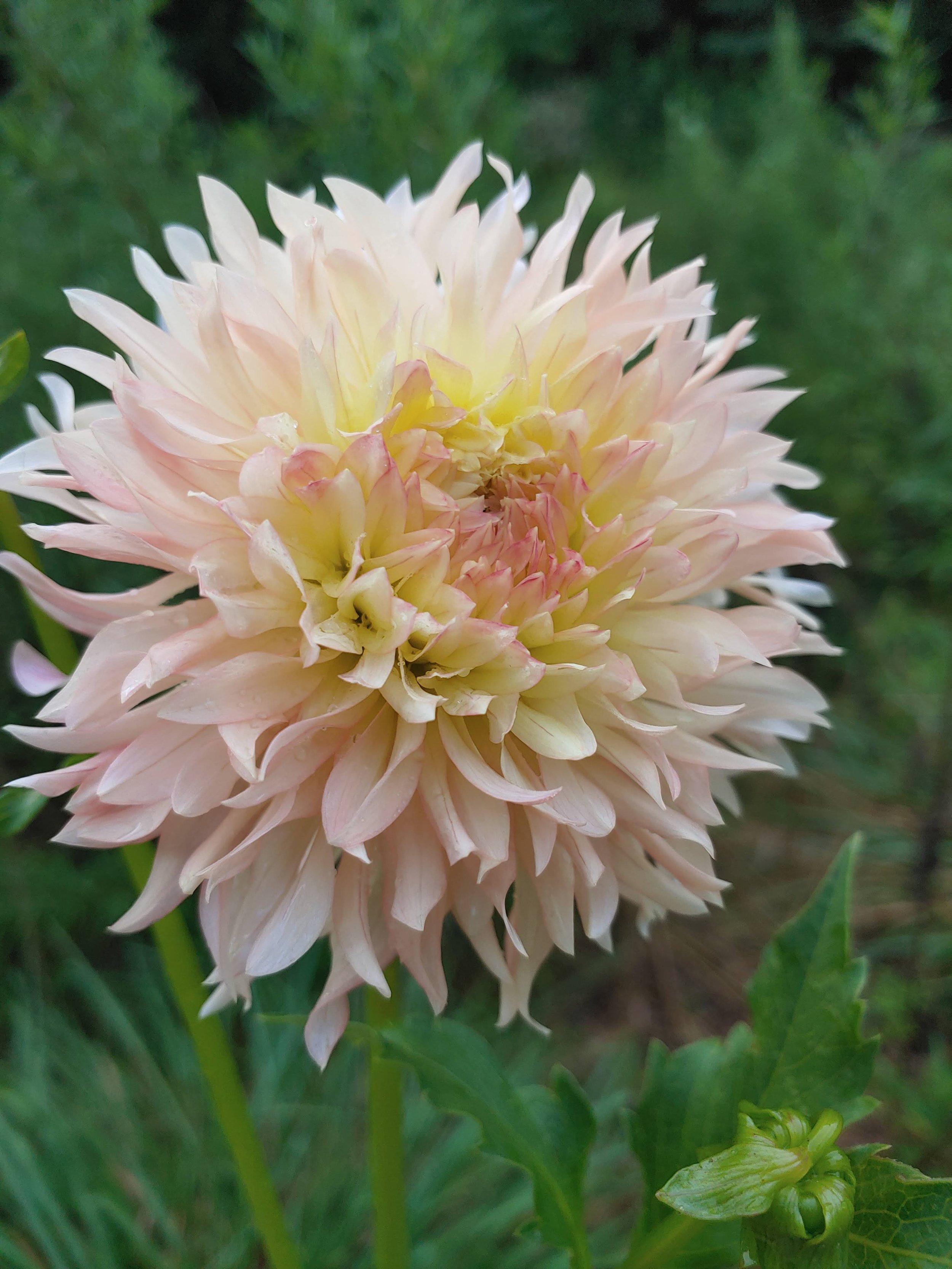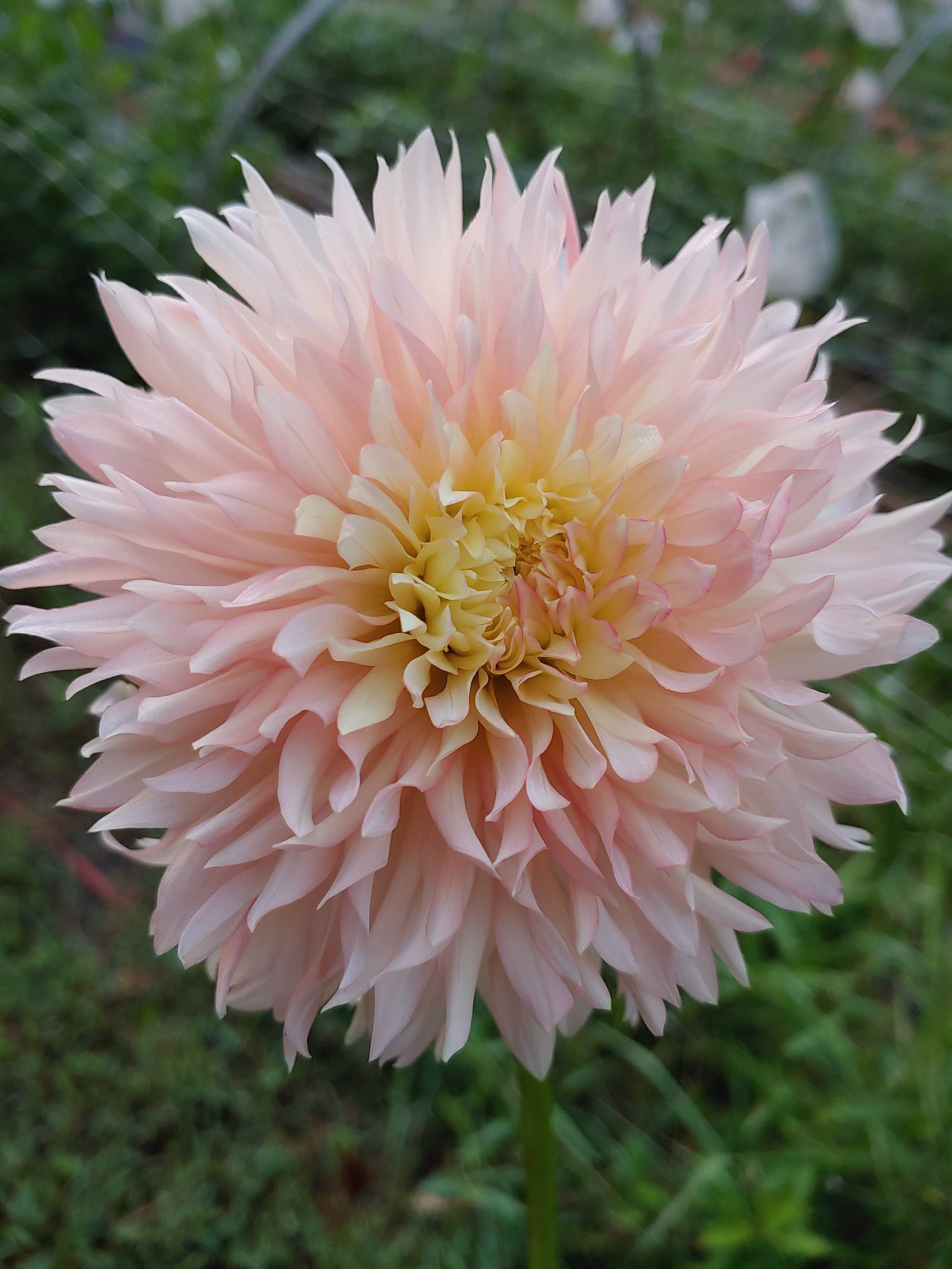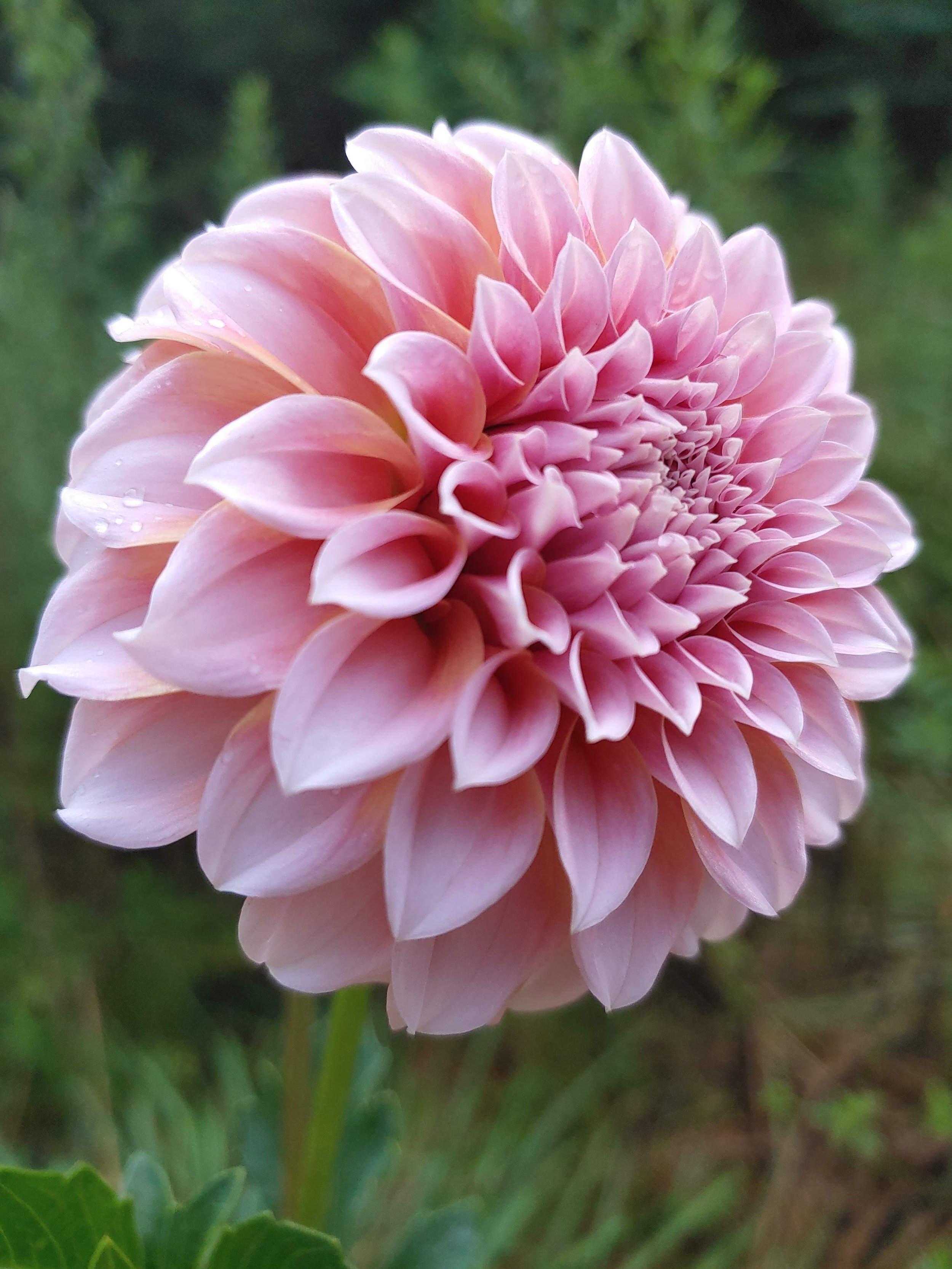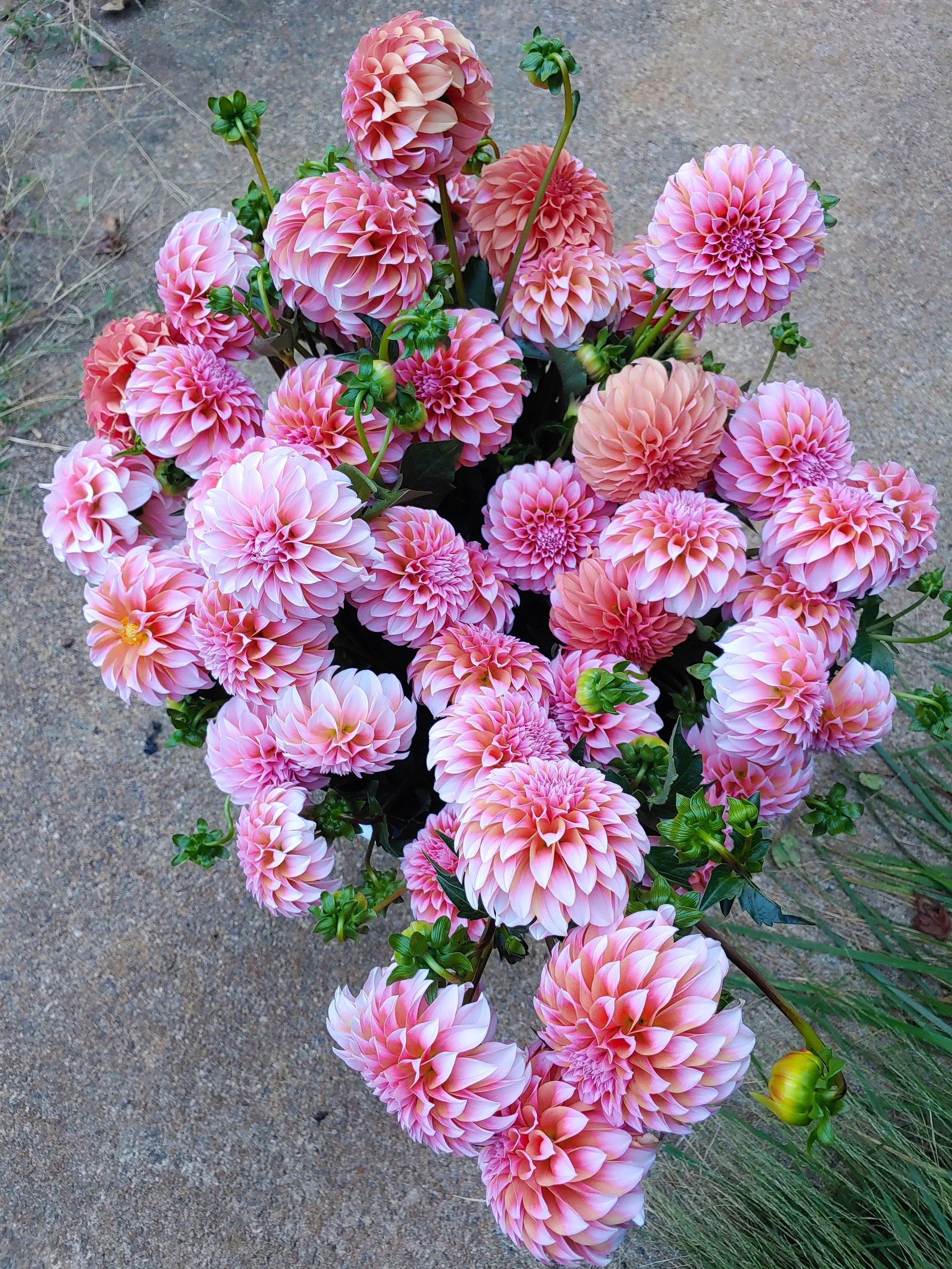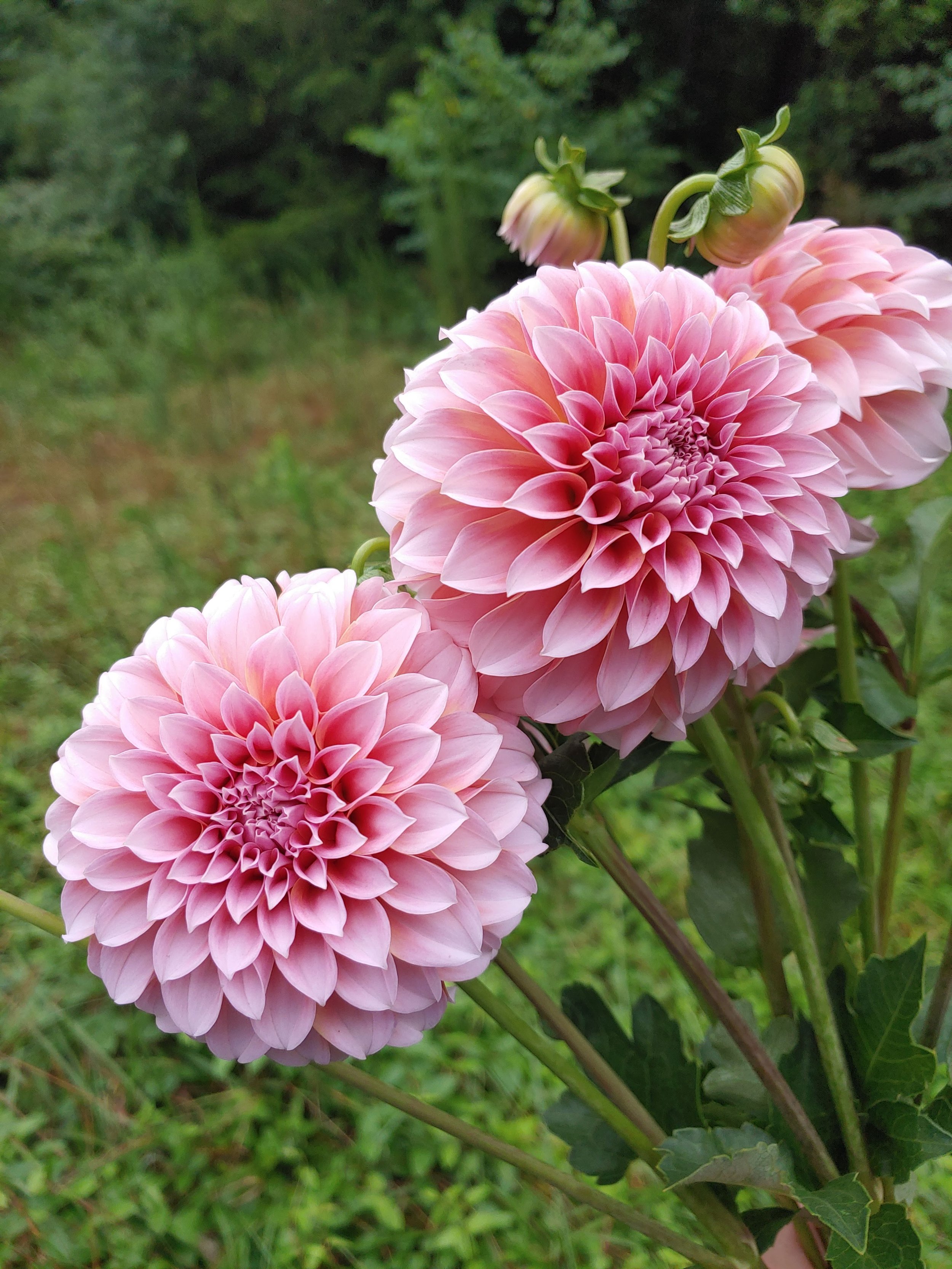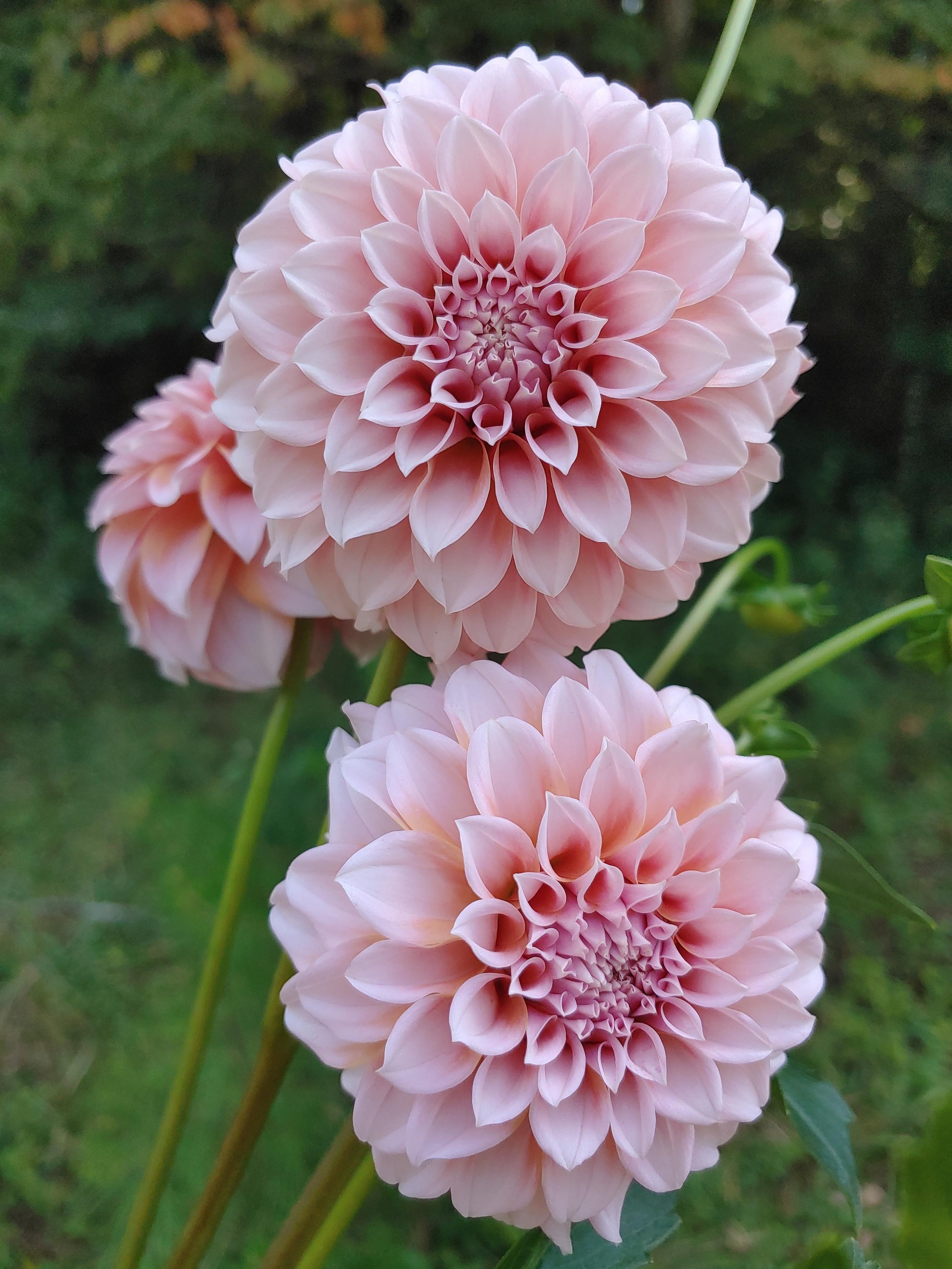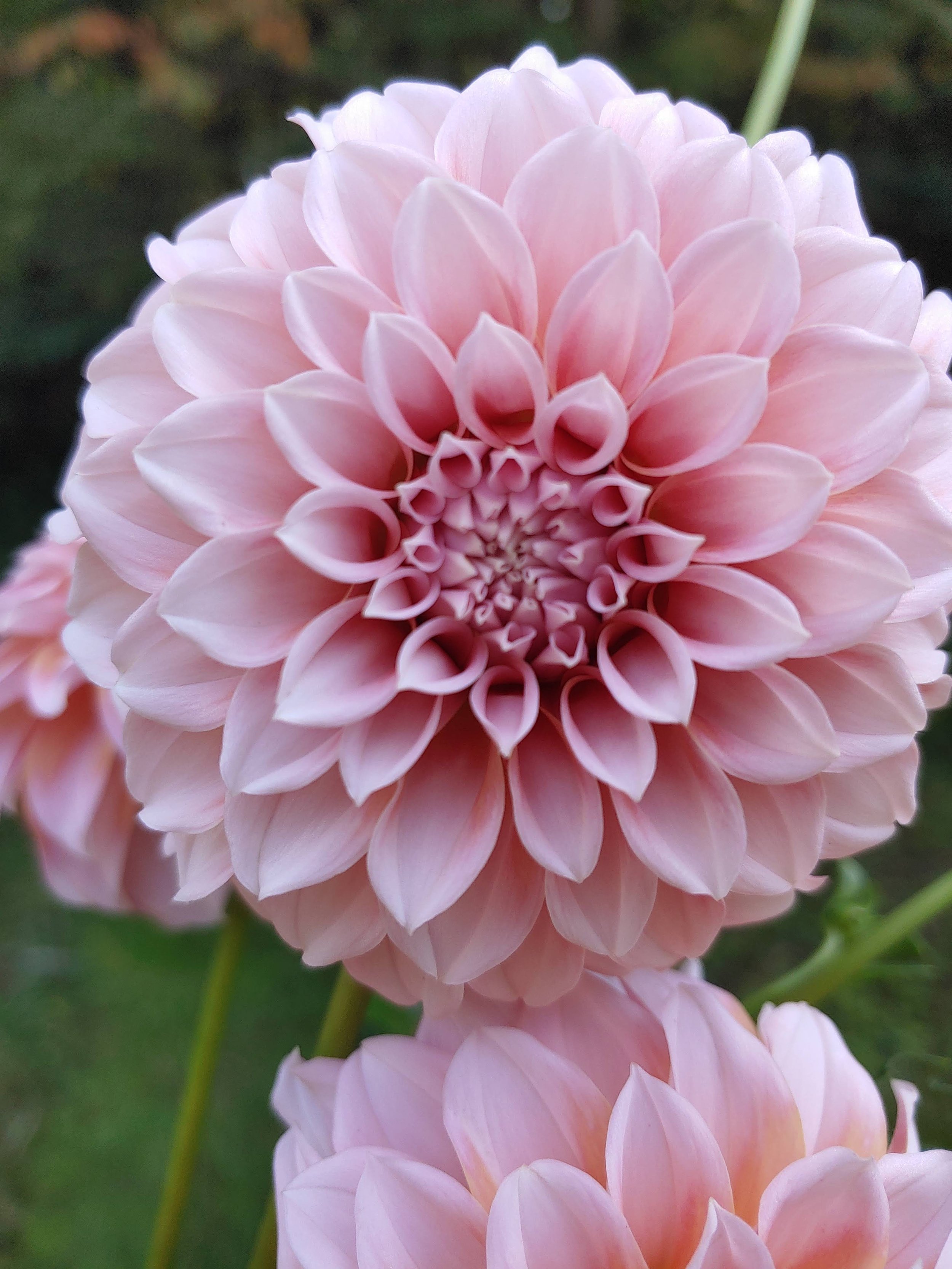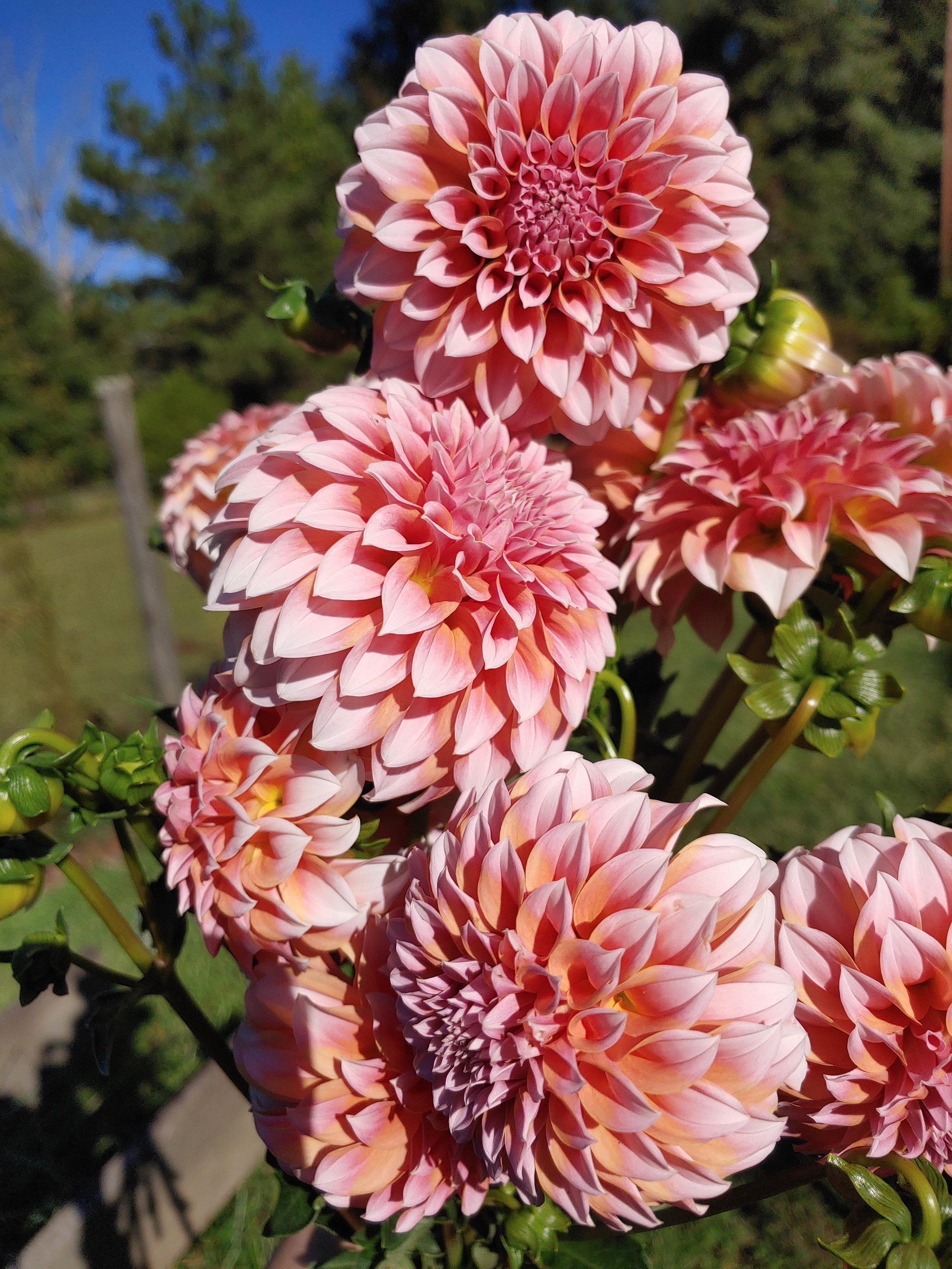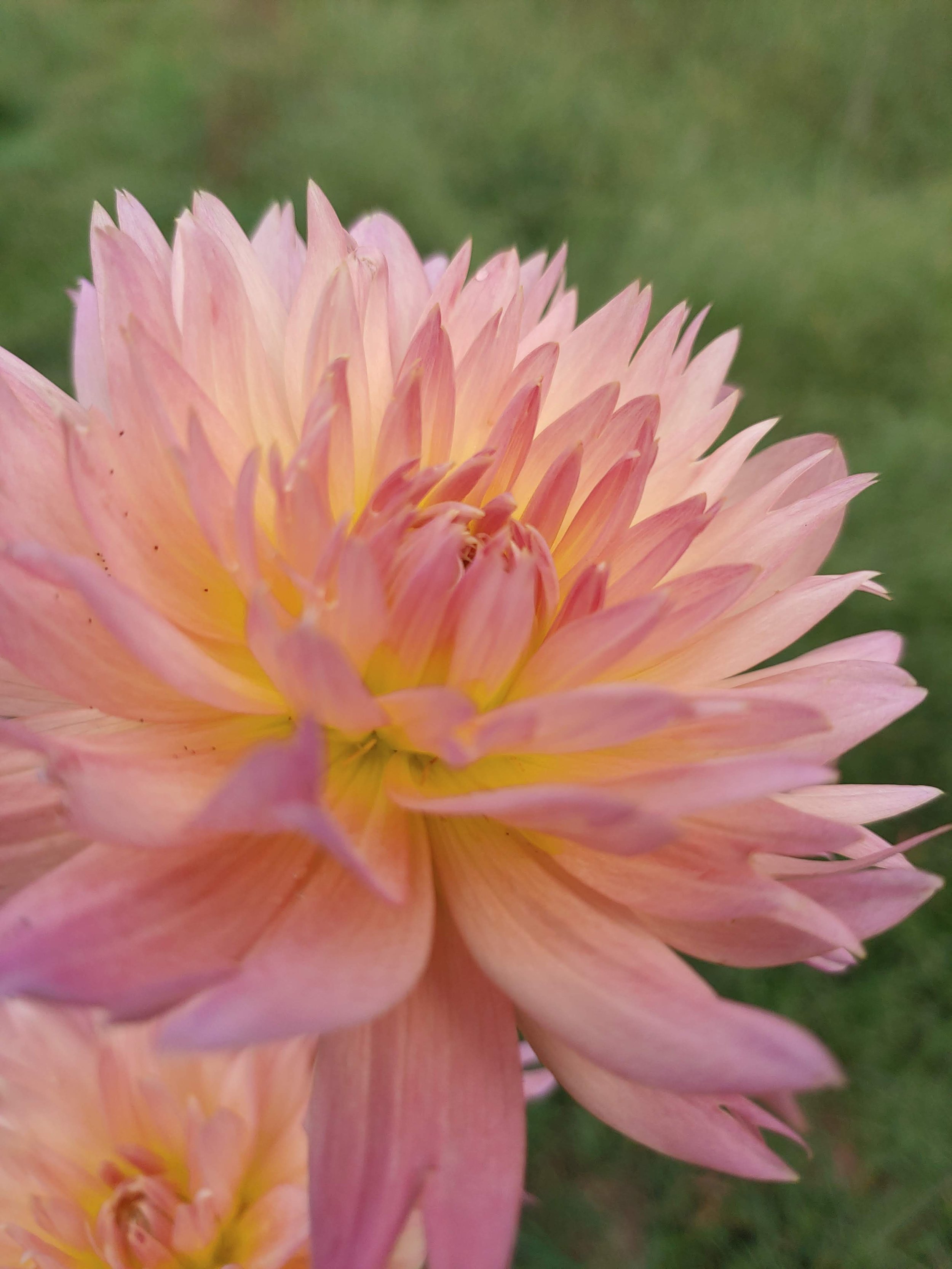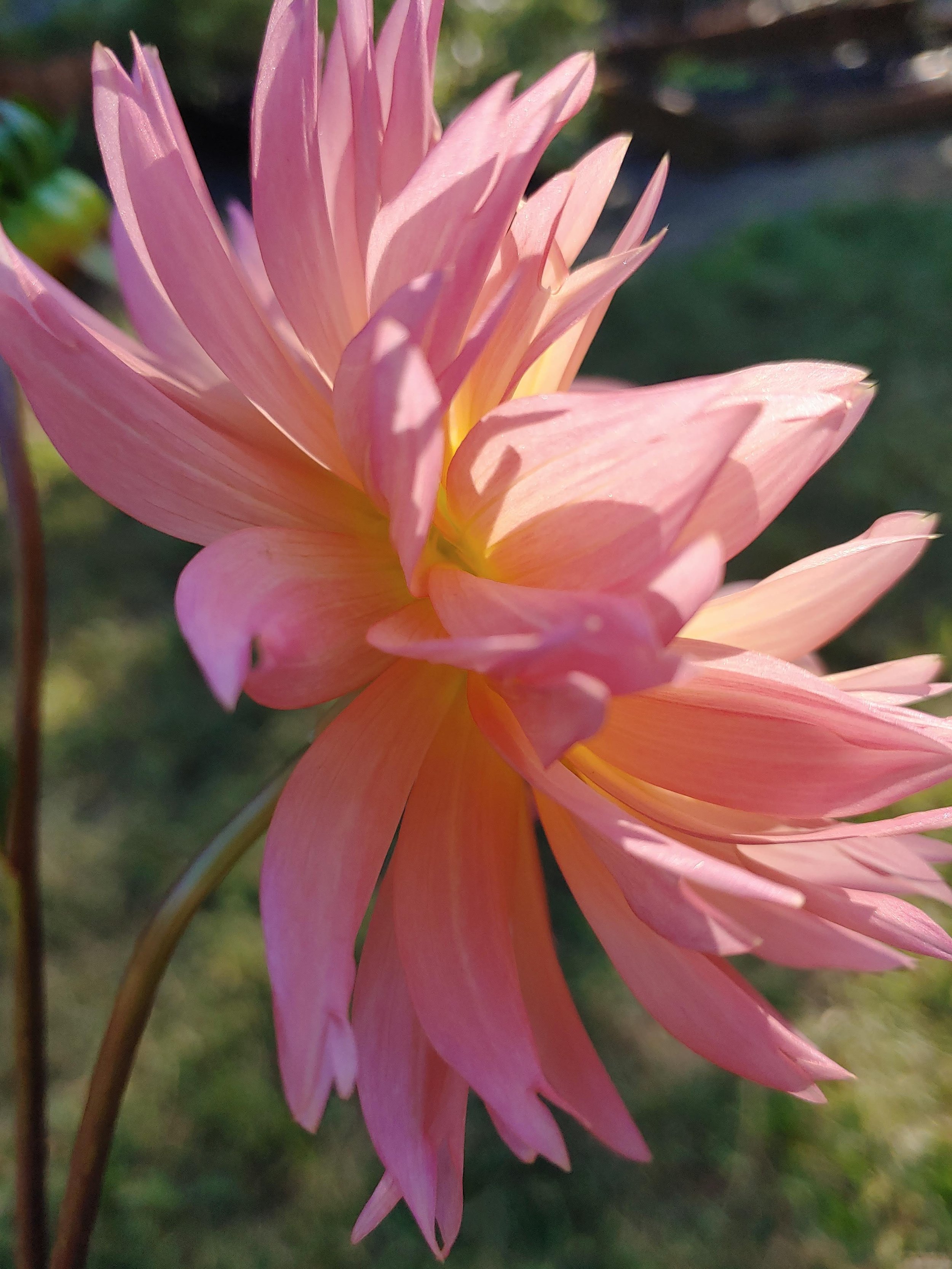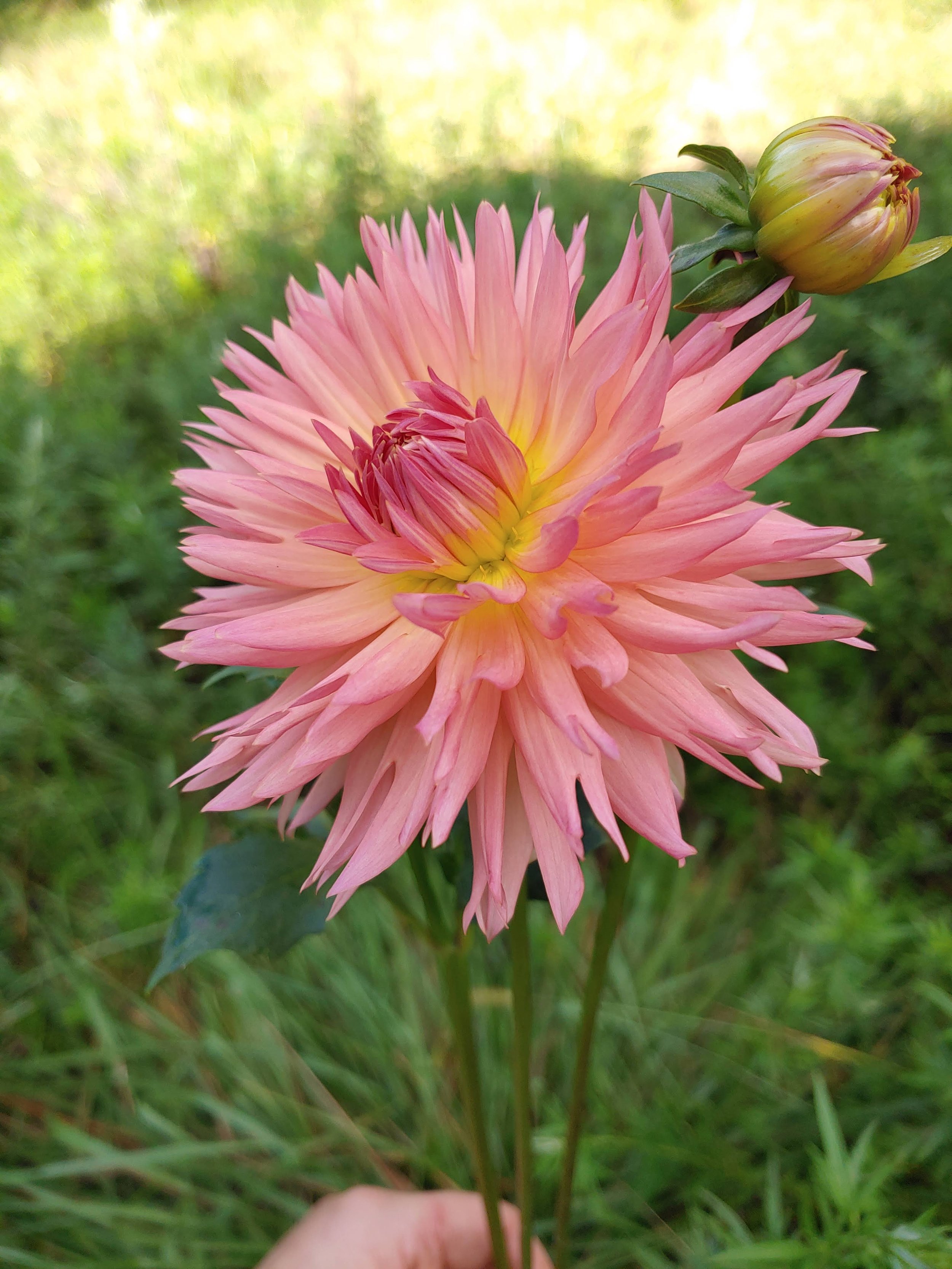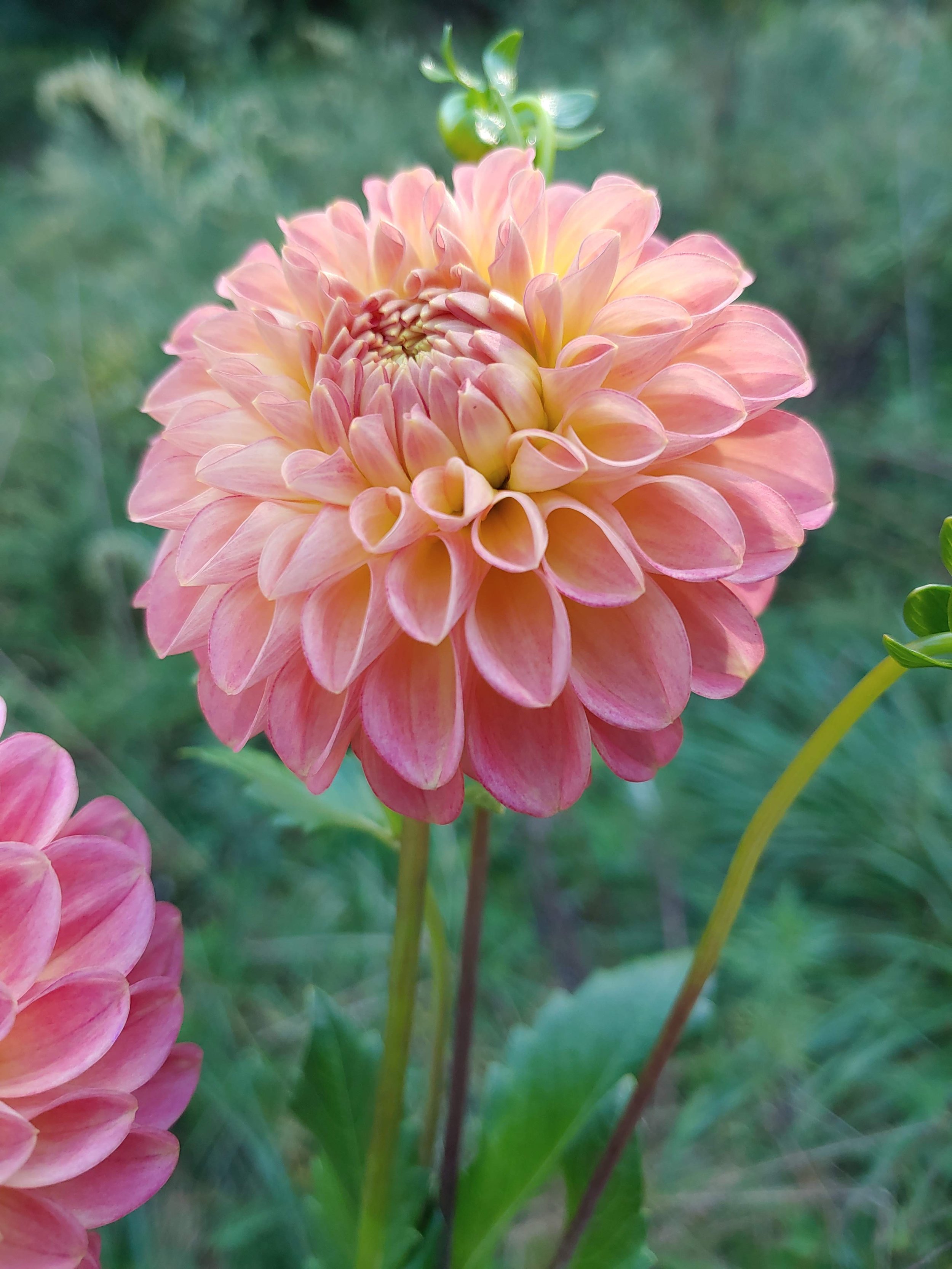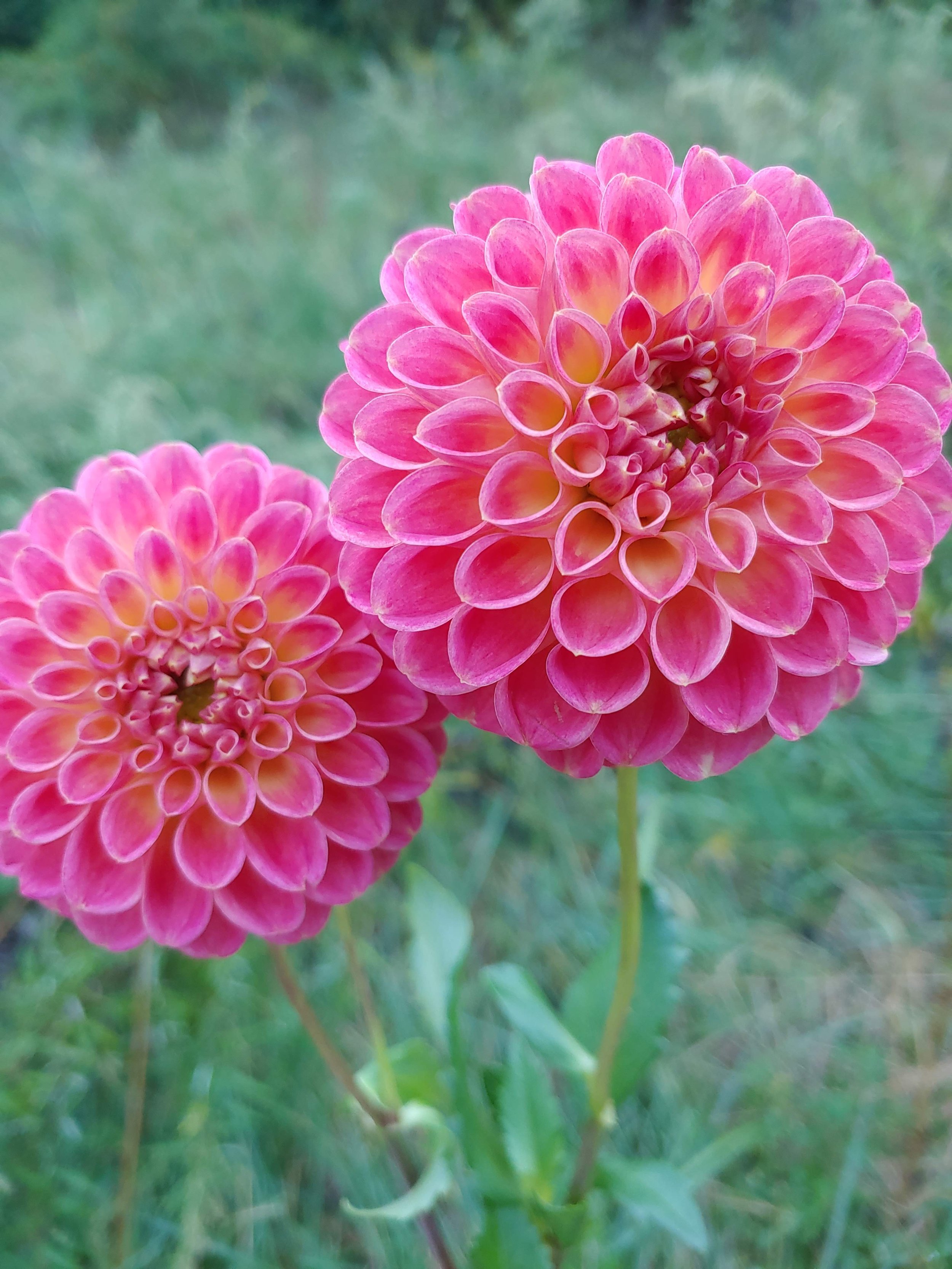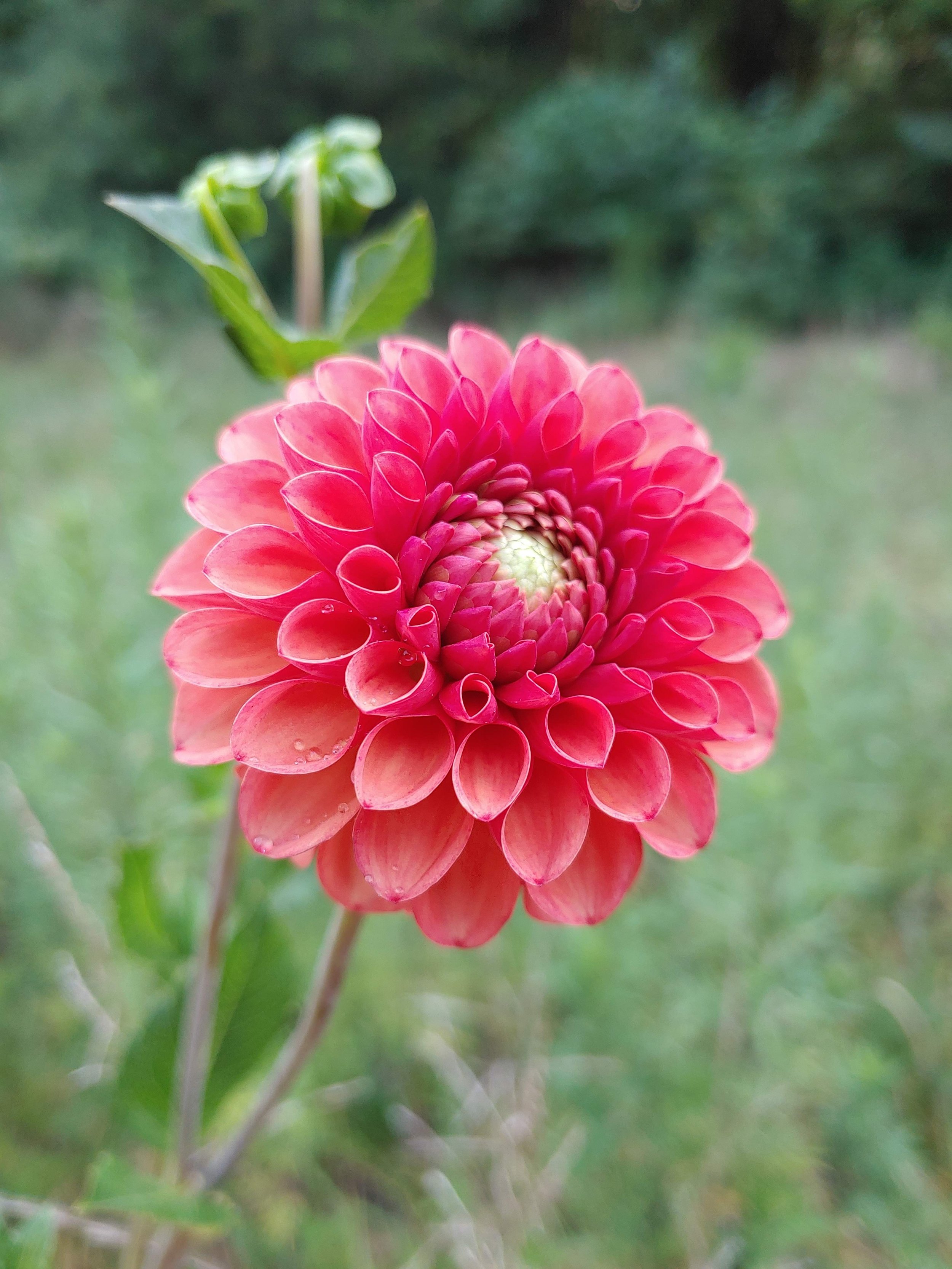Last time we talked a lot about preventing bugs. Because if you can keep them out, you don’t have to worry about this second part- Controlling them!
One big point I made last time was to scout your plants. This helps to know when bugs are coming into your garden. Knowing when certain pests are going to appear year to year helps to prevent huge outbreaks of them. Using sprays as a control and spraying a few days before you predict the pest will appear may help you kill the pest in the early stages. You will need several years of data to predict this though. That’s why we talked about keeping records of your scouting expeditions into your garden. Scouting will help you get better each year.
But what do you do if you missed the signs and you’ve got a bug problem? Spraying a pesticide can be an effective solution. We stick to organic pesticides around here. We have a lot of wildlife- some intentional like our pets, pigs and ducks and some we attract due to water and food sources we make available.
Few tips about spraying before we get to what to spray.
Spray early in the day or early evening. Mid Day, Full Sun spraying can burn your plants.
Don’t spray if it’s very windy
Try your spray out on a plant or two if you are uncertain as to how it will affect your plants
Use a backpack or hand pump type sprayer for even application
Always read the fine print and measure precisely when mixing your solution- Don’t Guess!!
It is possible for resistance to pesticides to build up so you also want to alternate your sprays. Always have at least two on hand.
Caitlyn’s Joy
I always keep Captain Jack’s Dead Bug Spray and a pyrethrin spray in stock. Capt Jacks is a spinosad based spray and this is a systemic- meaning it’s going to go into the plant and the bug will need to munch on your plant to ingest it.
Pyrethrins come in multiple brand names and work very similarly. Look for “OMRI” on the label if you want to ensure it’s organic.
We do maintenance spraying on a weekly basis and swap out each week. However, some pesticides allow for tighter windows of every few days if needed. If you have a large outbreak of a pest, this may be needed in order to gain control. So application frequency depends on how many bugs are you dealing with?
This is why I prefer to do maintenance spraying. I grow in a hot humid climate with lots of bugs. There’s no doubt that I’m going to have bugs that want to eat my flowers. So why wait until they damage my crop beyond repair. We spray to stay ahead of large outbreaks and also to prevent the spread of virus.
So what if you don’t want to spray? Well… to protect your blooms, you can use the organza bag method. This will give you blemish free blooms. However, you must remember that there are still lots of bugs that are eating your leaves and hopping from plant to plant. So if you have a virus on one plant, it’s moving to the next if you do nothing to control those pests. I highly recommend that if you want to swap tubers or cuttings with friends that you use some method of pest control to keep down the spread of virus. Dahlia viruses are so prevalent these days that I think we all need to do what we can!




